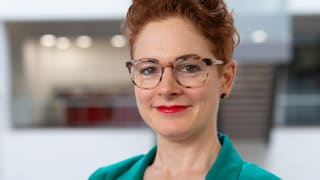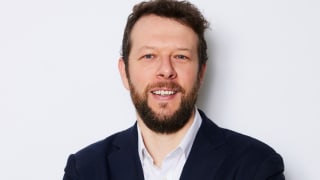Putting Baltimore on the map as one of America's most inclusive destinations
It's critical that a place brand strategy is representative of your community - and that your community is engaged with your approach. Al Hutchinson, President & CEO at Visit Baltimore, joined us to share the story behind Visit Baltimore's brand re-design, and how they put community voices in the spotlight with their messaging.
Thank you for joining us, Al. To begin, I was wondering what your top learning from the past year was?
This past year, I was reminded how important it is to expect the unexpected. At the end of 2019, we had no idea what the world would look like within a matter of months. With that being said, this has reiterated that organizations need to build an agile brand that allows you to pivot when necessary. In the past year, we’ve shifted in all different directions. From supporting local businesses when travel was shuttered to amplifying Black voices during protests for racial justice over the summer, our new and prismatic brand allowed us to lean into these different situations and support our city when it mattered most.
It's great to see that you're enjoying our content.
You've already read one article this month. Please sign in or create an account to continue reading - it's completely free and will only take a minute!
Thank you for using City Nation Place!
To access please sign in








